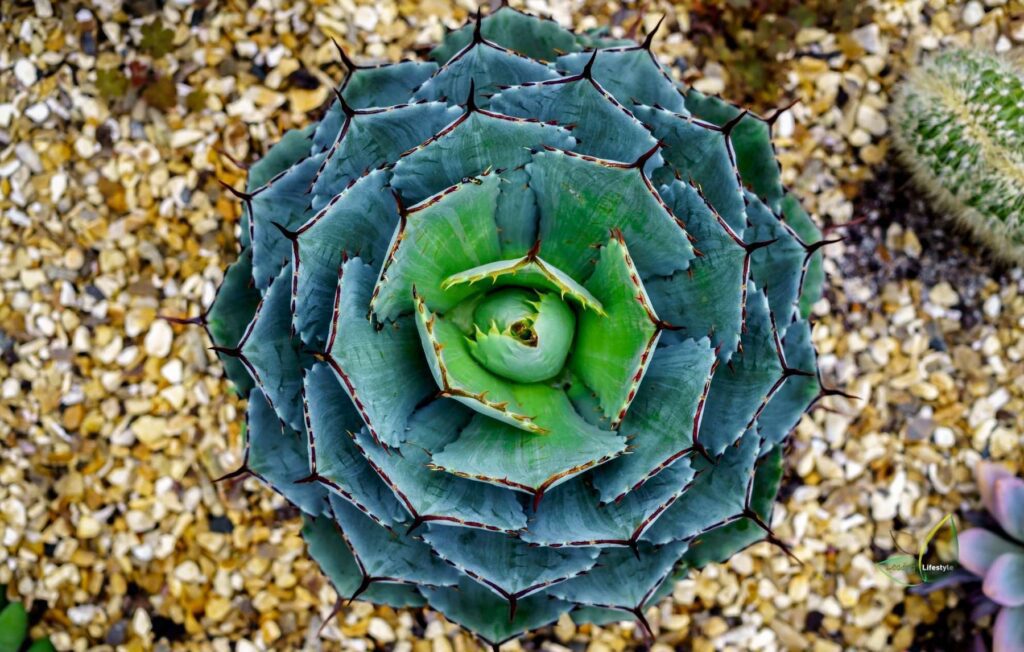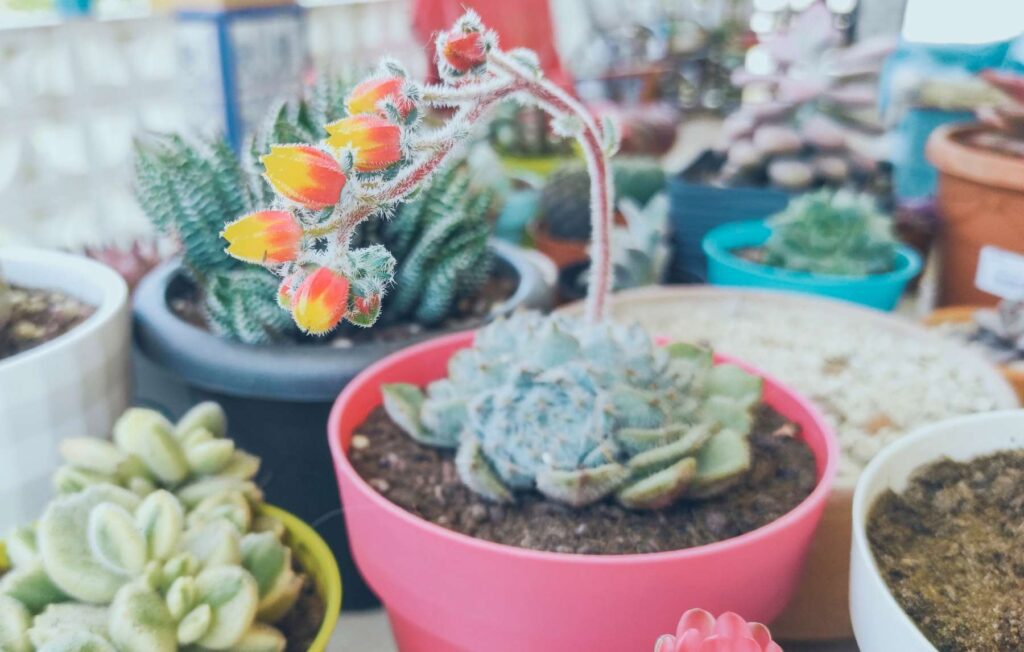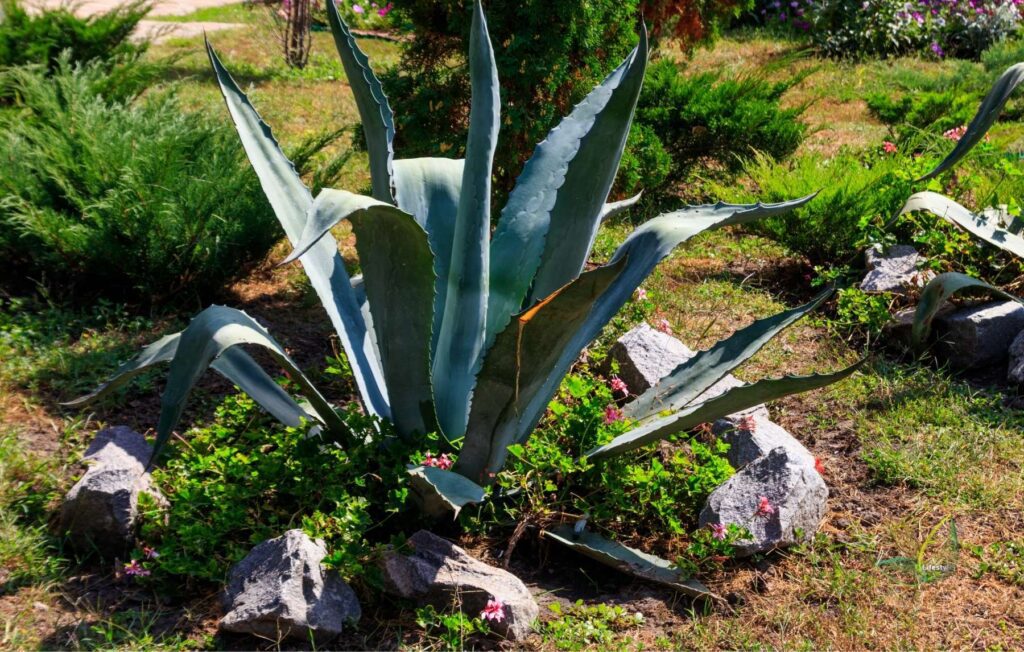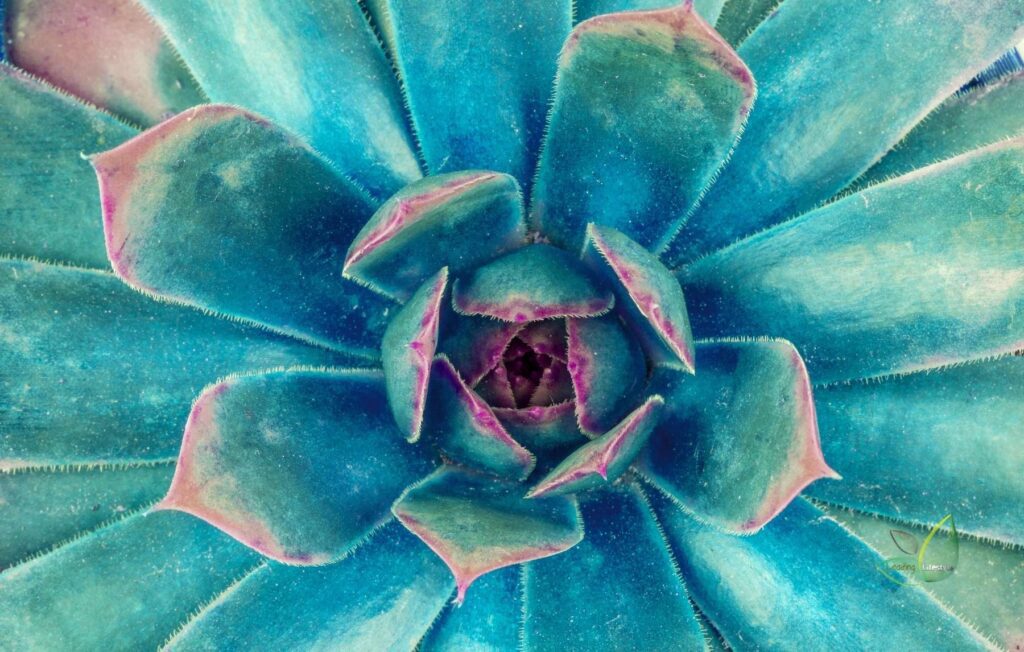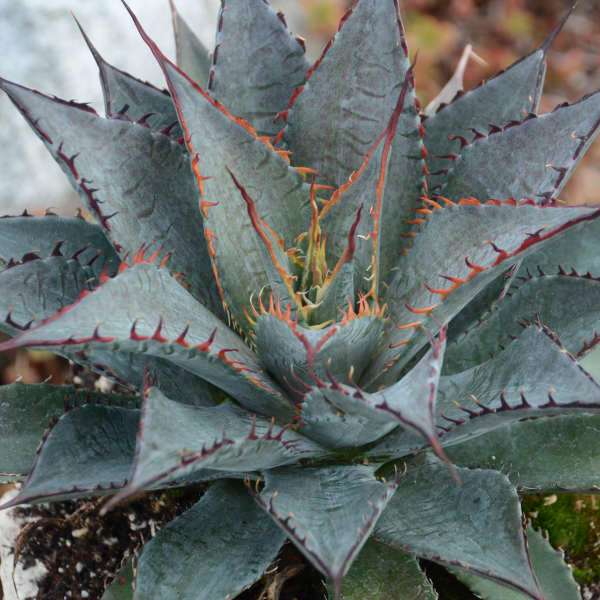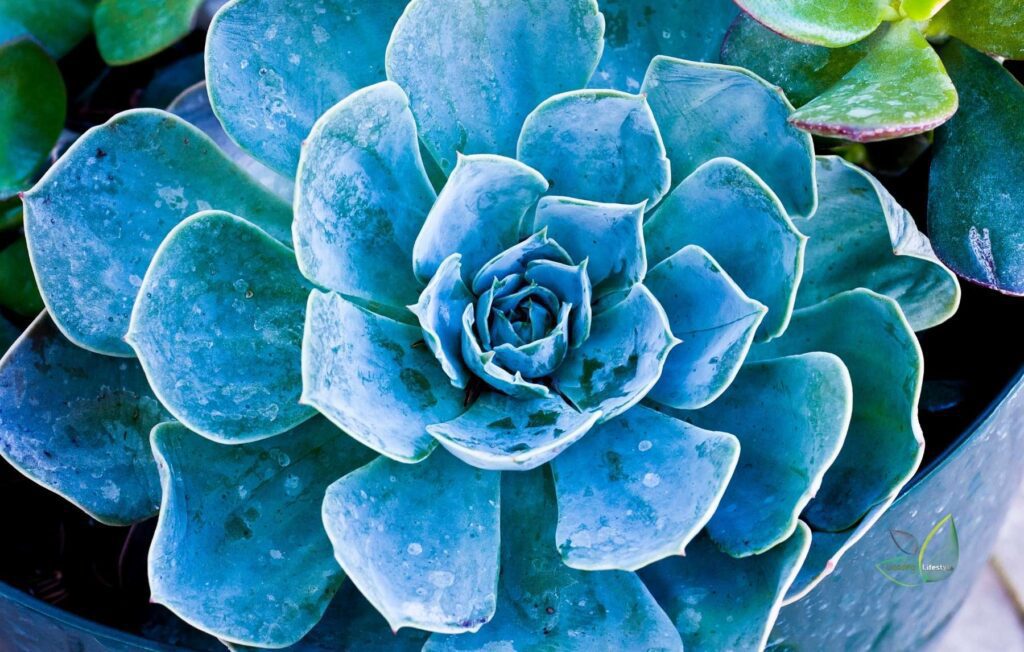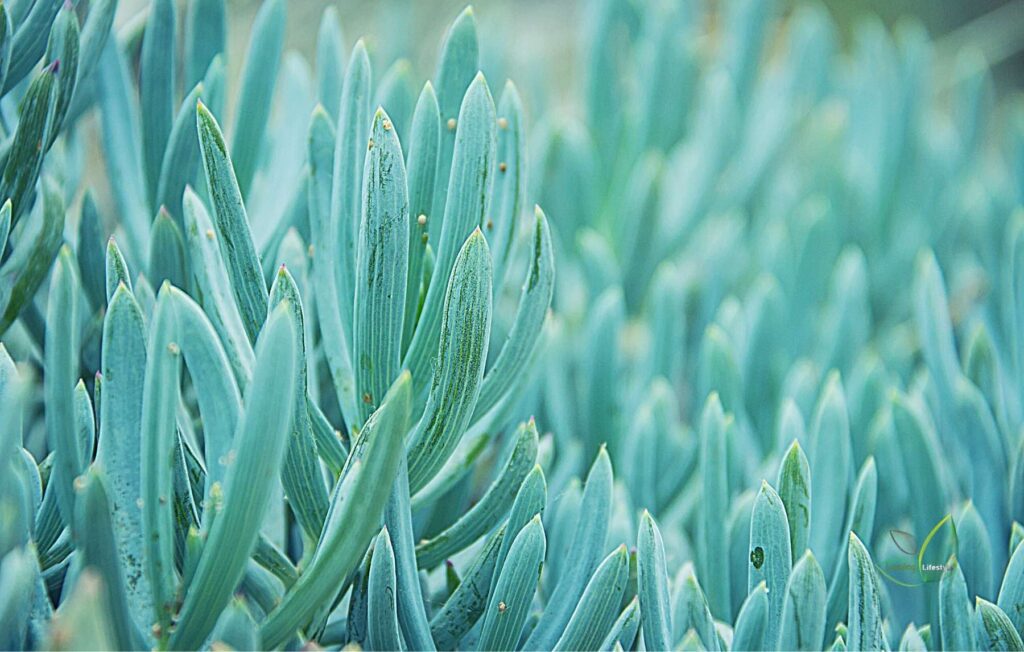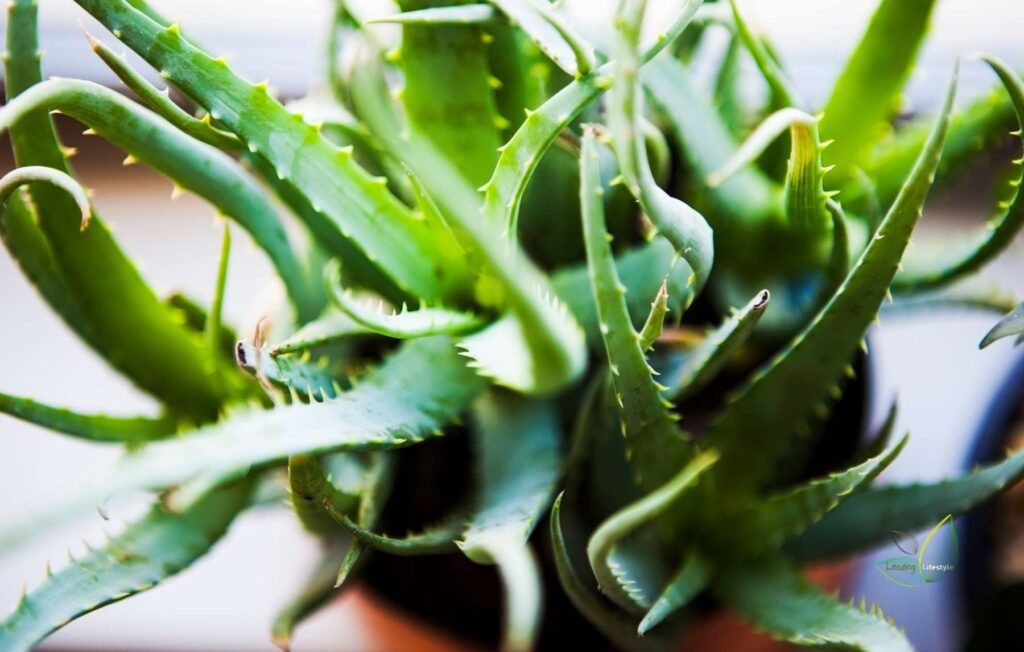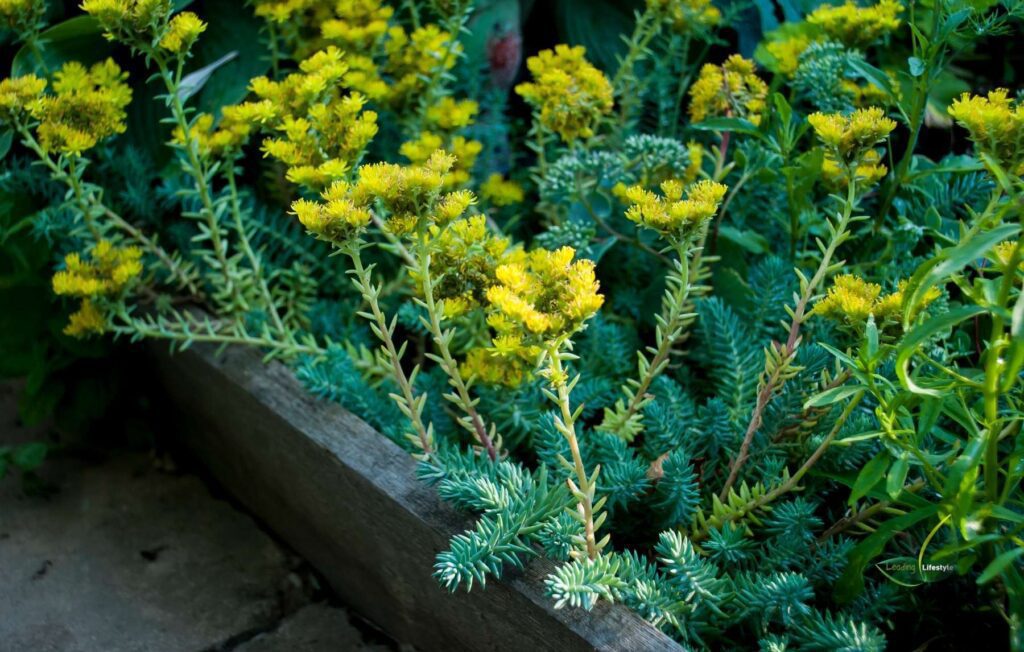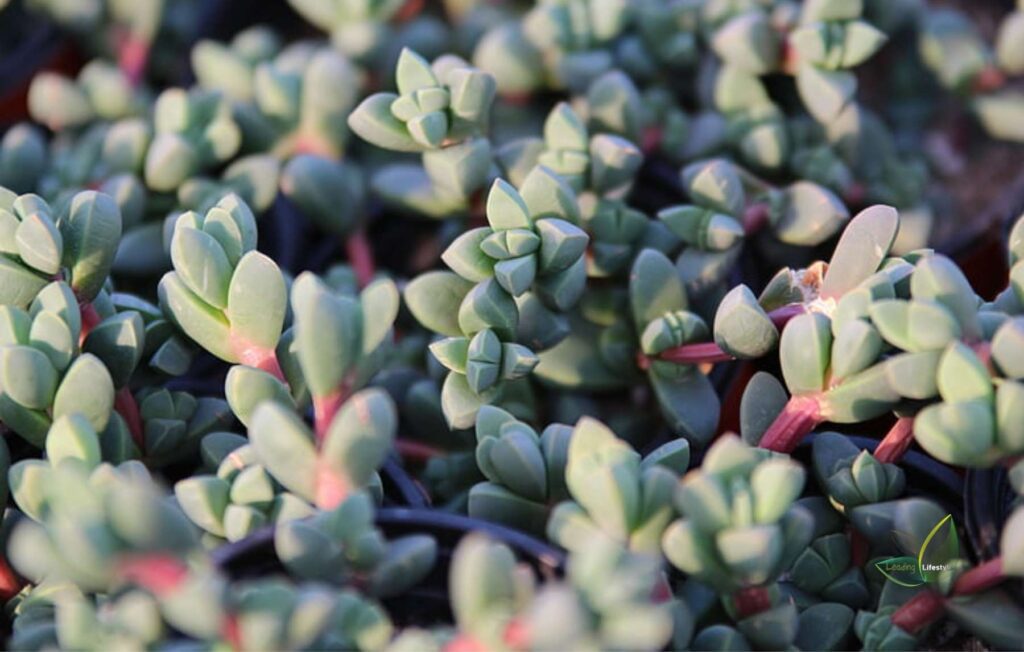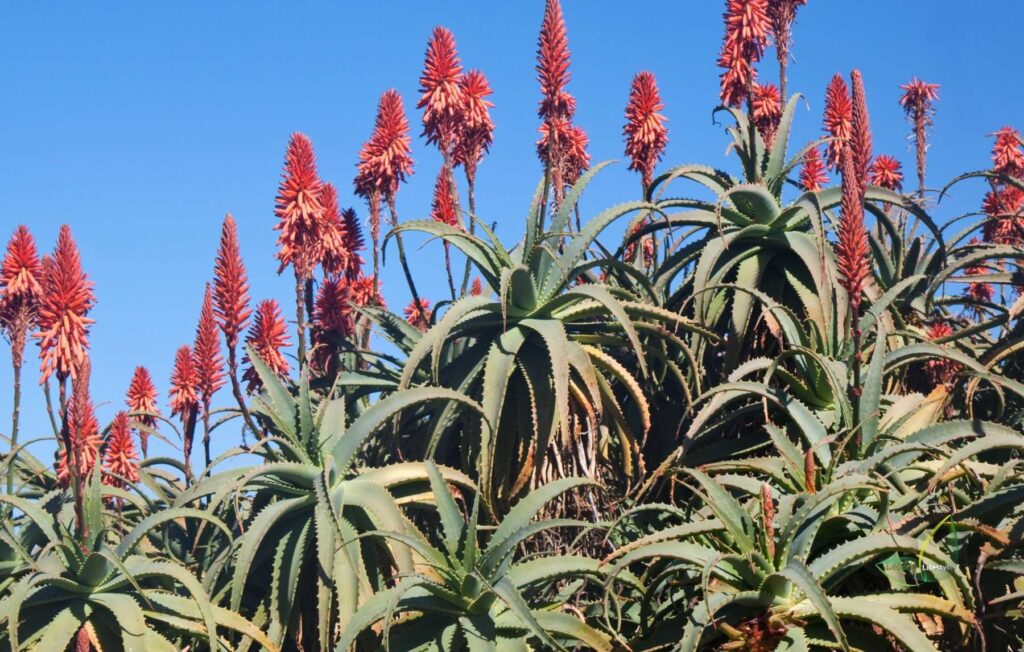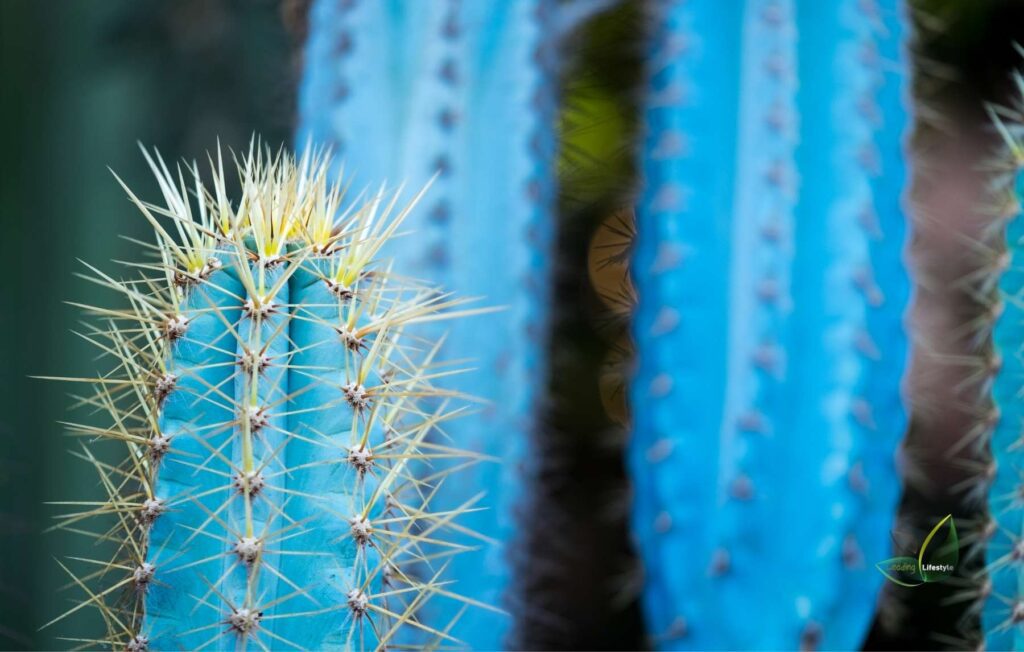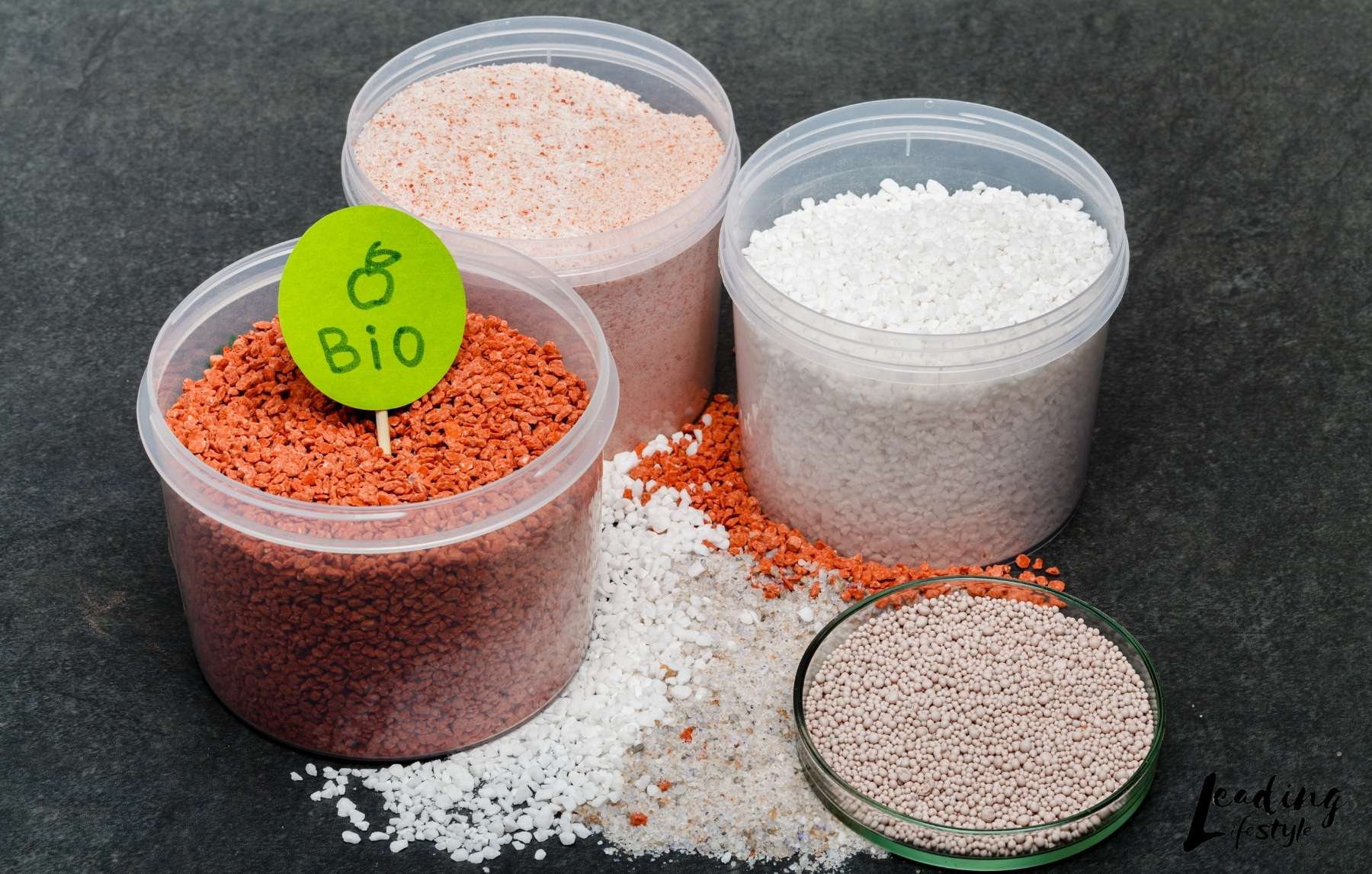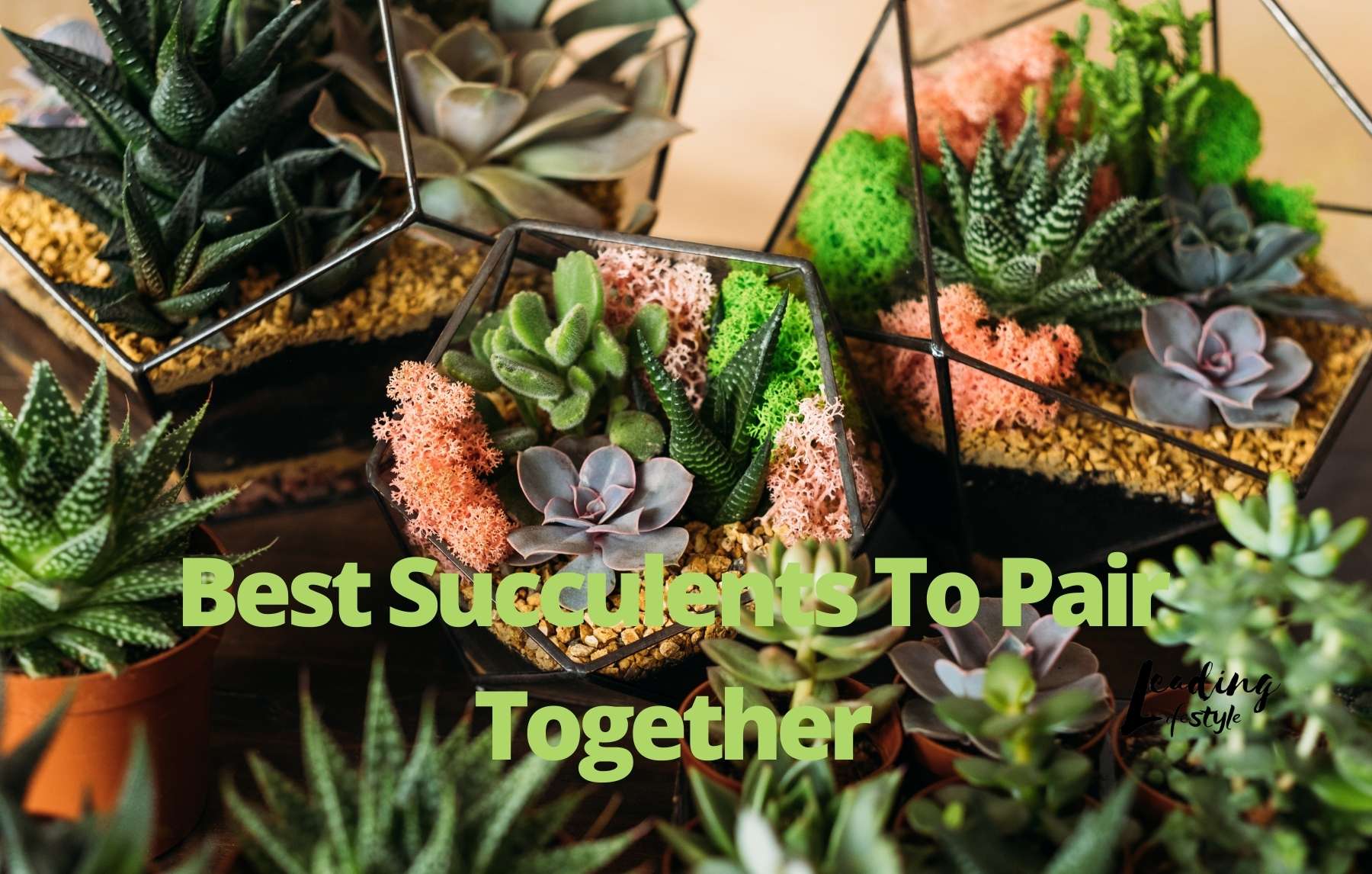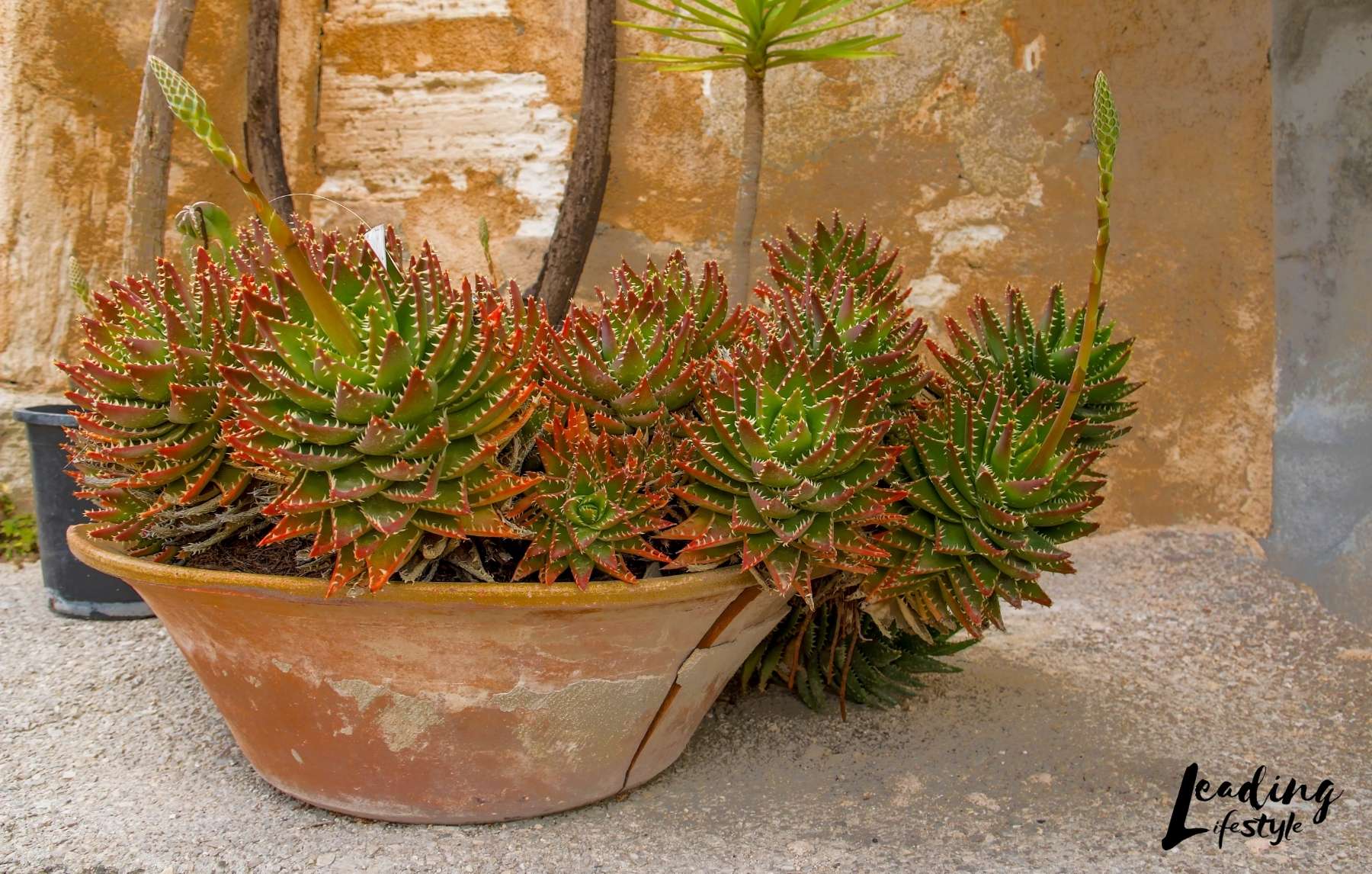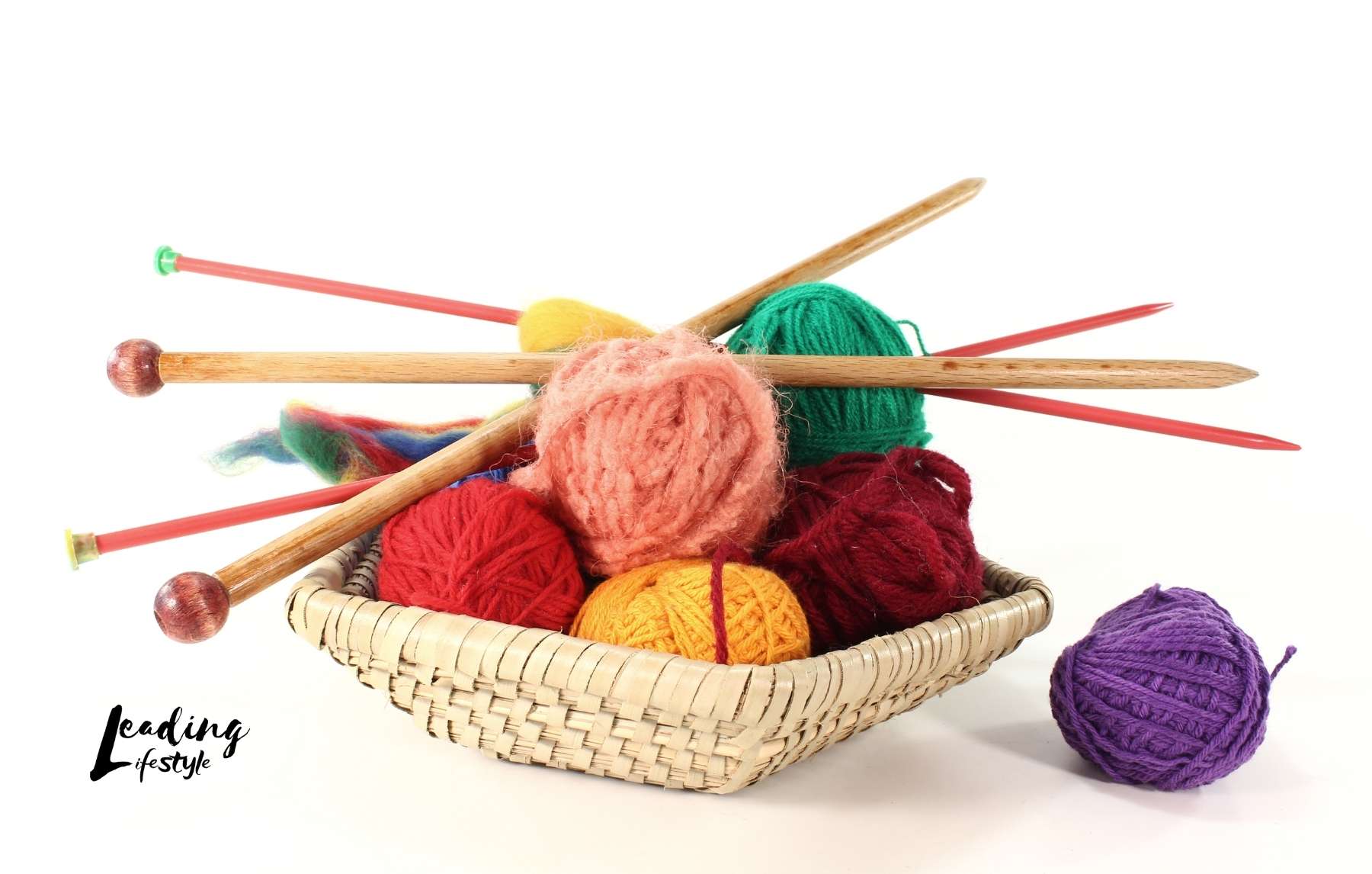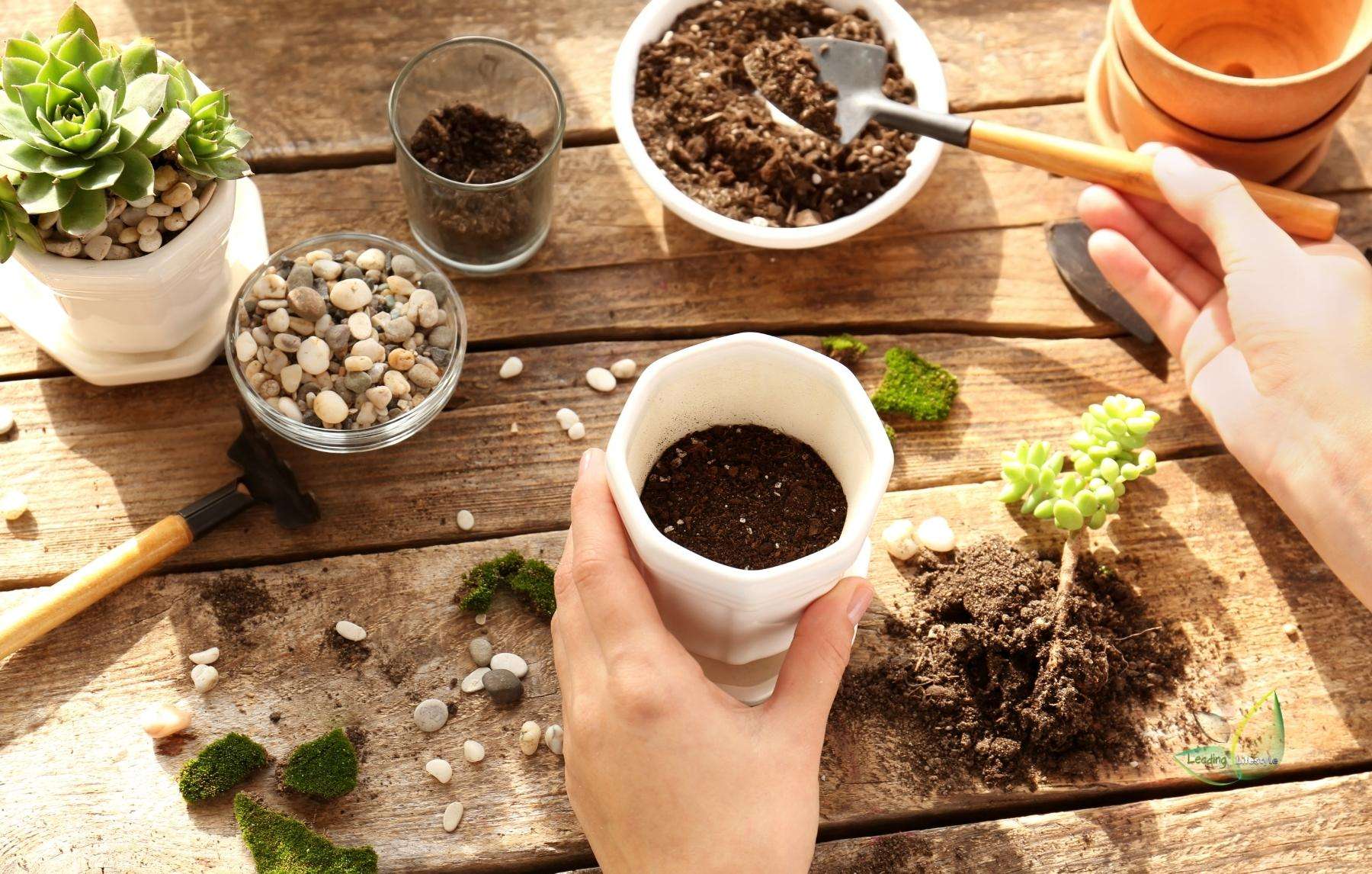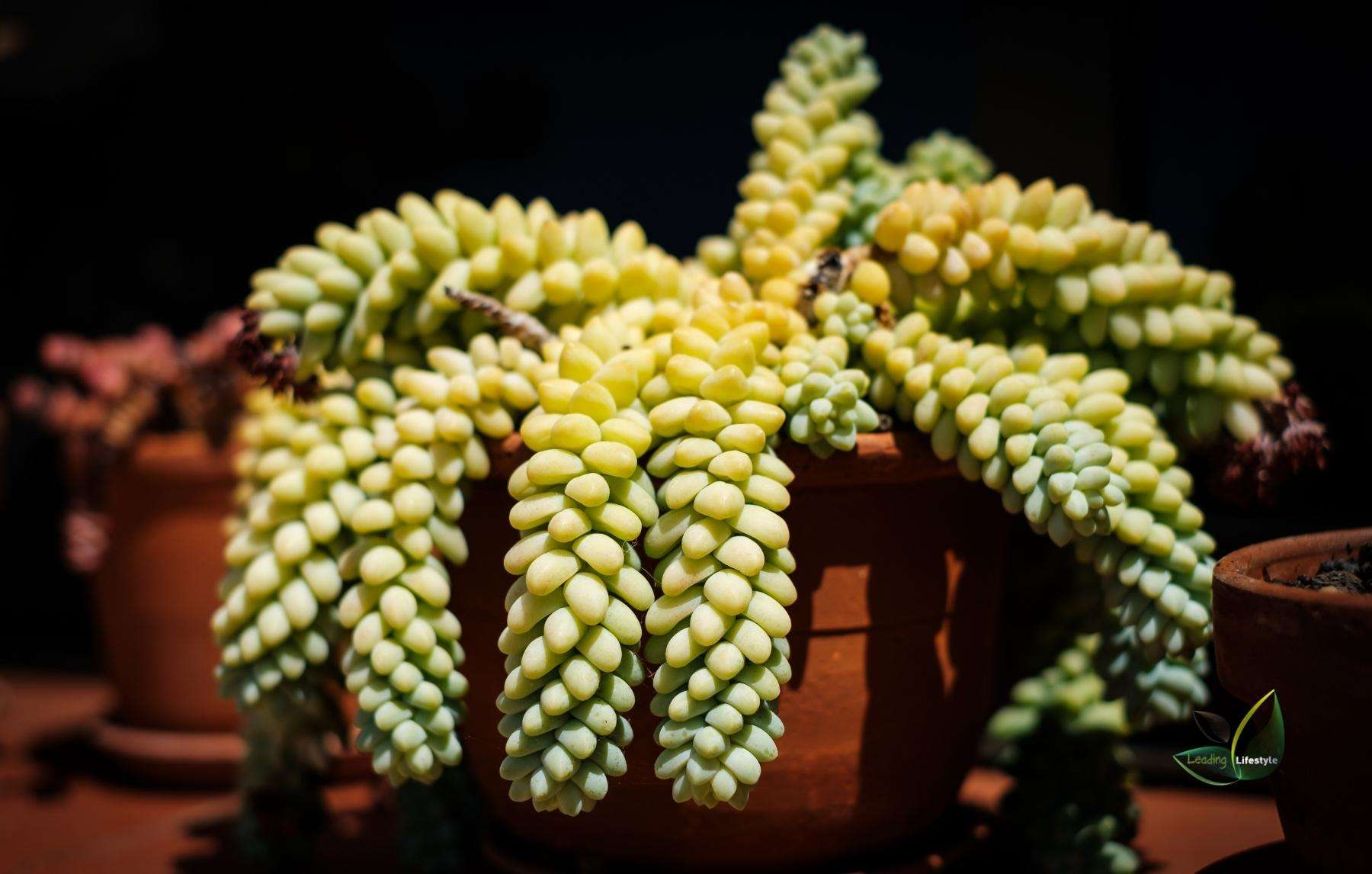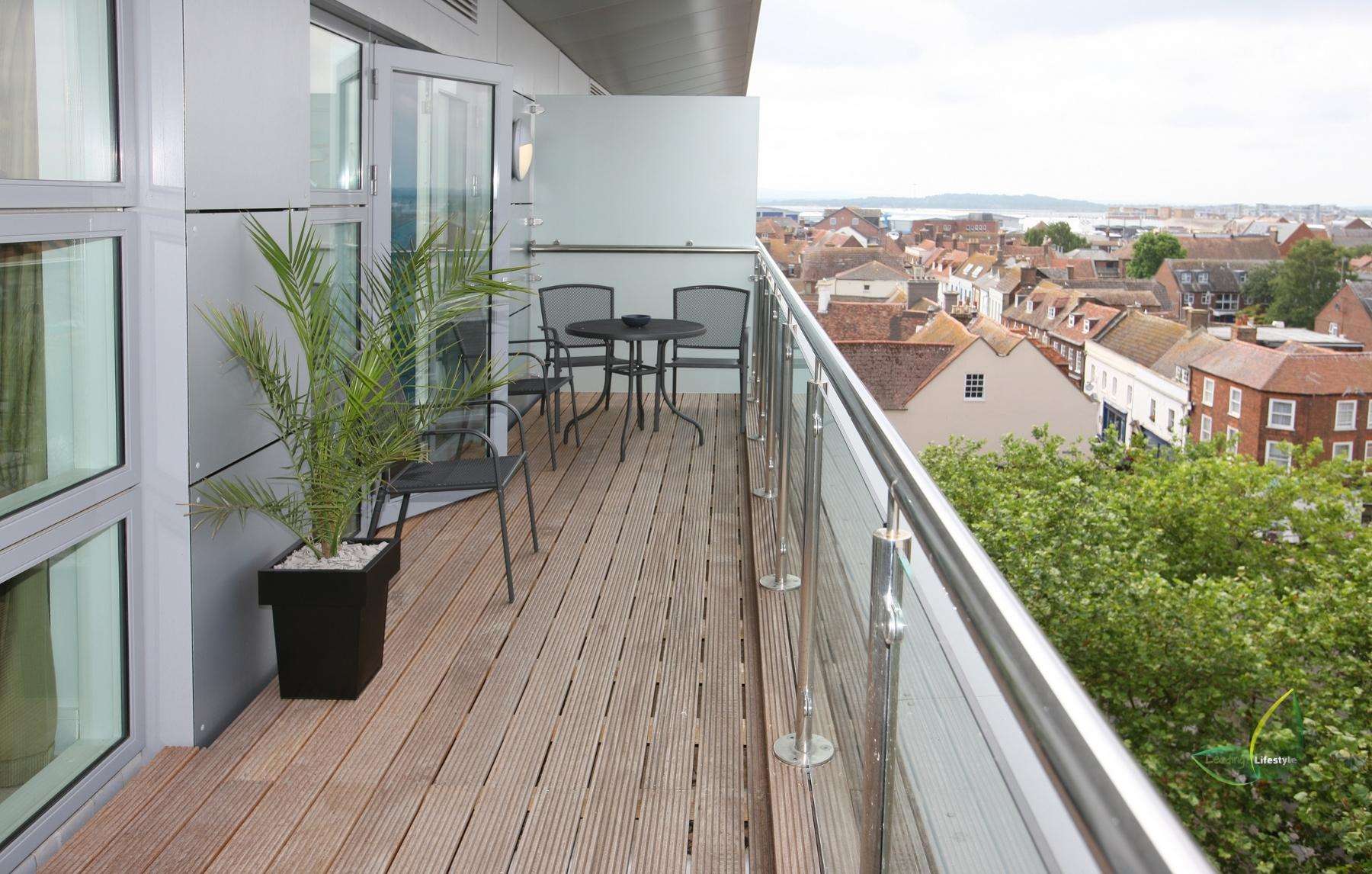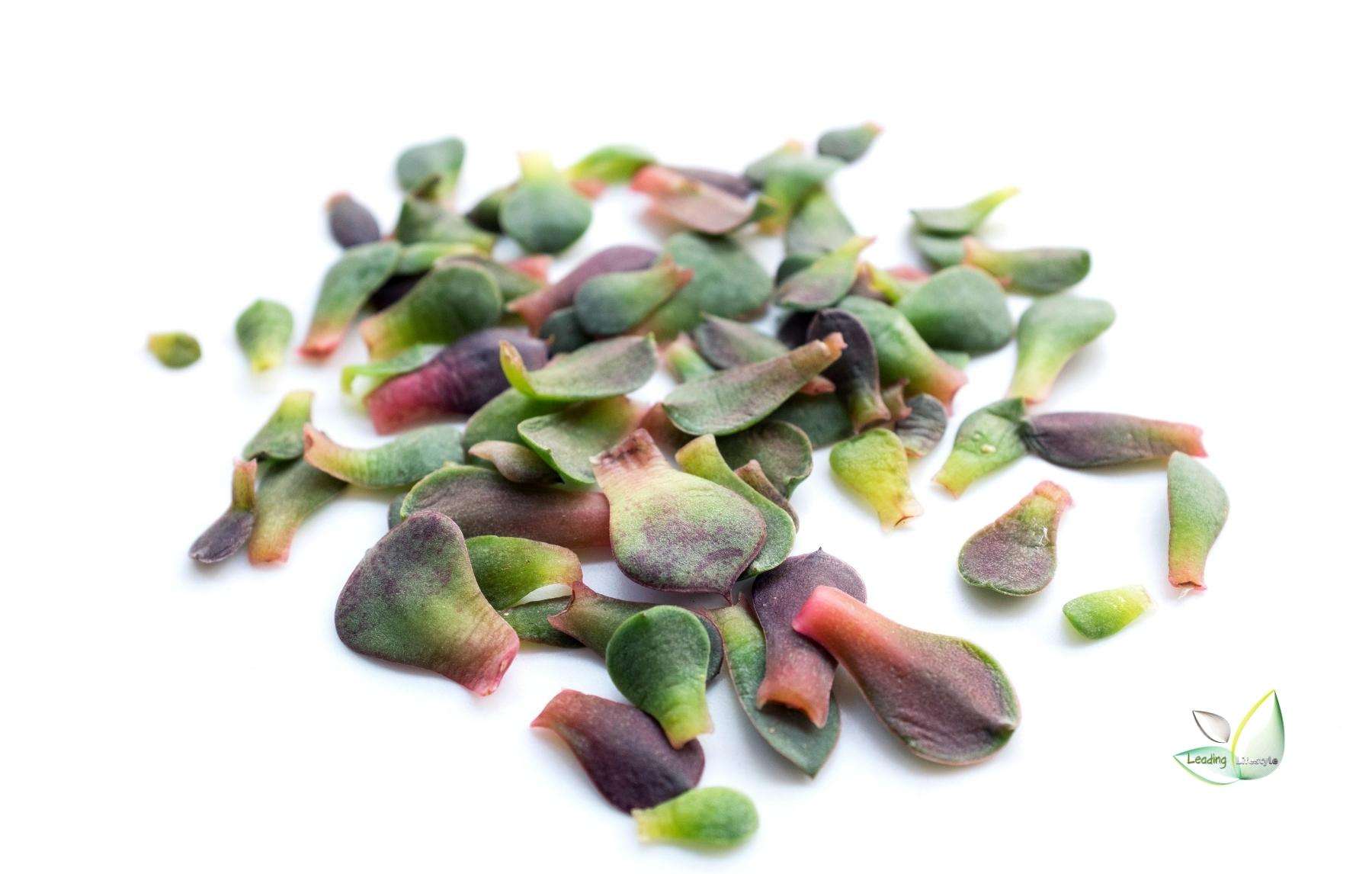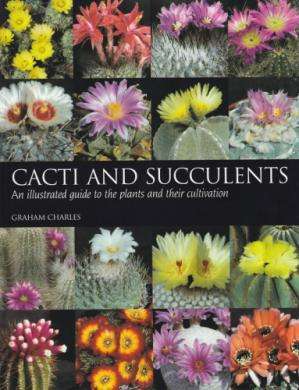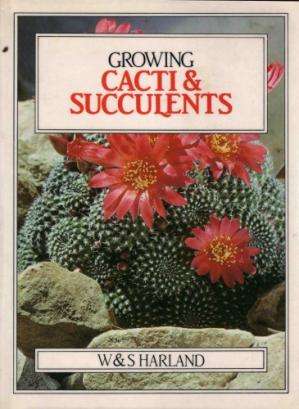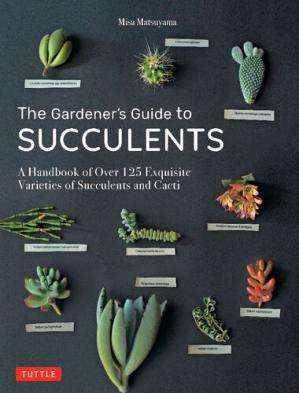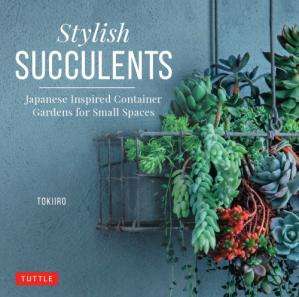Don’t get us wrong: we adore green succulents, but colored succulents are something special. It’s a fun surprise to see a leafy plant that isn’t green. As a result, blue, purple, and other vibrantly colored succulents are among our favorites.
If you don’t already have any colorful succulents, we’re going to show you some of the best blue ones. After reading this post, you’ll need to add these amazing blue succulents to your collection, so we apologize in advance for fueling your plant addiction!
Agave potatorum ‘Butterfly Agave’
Potatorum Agave’ Butterfly Agave’ Agave potatorum, also known as Butterfly Agave, is a beautiful succulent native to Mexico’s highlands. Beautiful, wide, grey-blue 18-inch long leaves form a dense rosette that can grow two feet tall and three feet across.
This agave blooms in the summer and has a flower stalk that can grow 20 feet tall. It has pale green and yellow flowers with red edges on top. The plant dies after blooming, and its offsets continue its life cycle, which can be repotted in its pot.
Butterfly Agave is ideal for a sunny spot at home due to its relatively small size for an agave, as long as you can provide it with about six hours of sunlight per day.
Water your agave only if the soil is completely dry. Plant in nutrient-deficient, free-draining coarse soil and don’t fertilize.
This agave keeps growing; it will provide a lovely focal point in your home without taking over too quickly. It thrives on neglect and dislikes being disturbed, which is ideal if you don’t want to fuss over your plant treasures.
Handle with caution because this agave has irritating sap and sharp spines!
Butterfly Agave
Sedeveria ‘Blue Borrito’
The hybrid succulent Sedeveria “Blue Burrito” was created by crossing Sedum morganianum and Echeveria peacockii. It has rosette-shaped, juicy blue-green leaves with pink tips. The rosette can grow to be six inches across. Each rosette has long, trailing stems that can reach 12 inches in length. Typically, a clump of sedeveria rosettes grows in pots.
Sedeveria “Blue Burrito” requires nutrient-poor, well-draining soil with plenty of coarse matter. If you can give it six hours of full sun and bright light, it will thrive indoors. Water infrequently and do not fertilize. Because only stones can grow as quickly as this plant, it is also known as Stonecrop.
Stem cuttings are an easy way to propagate Sedeveria. Please place them in the pot after cutting them from the mother plant.
Agave tequilana ‘Blue Agave’
Agave tequilana “Blue Agave,” the most well-known of all blue succulents, is a spectacular evergreen succulent native to Mexico. Its four-foot-long lance-shaped leaves are blue-grey with a brown central spine and sharp small spines at the leaf’s edge. The leaves combine to form a six-foot-tall rosette.
This agave matures in five to eight years, producing a 20-foot-tall flower stalk topped with 20 to 25 branches containing green flowers and purple stamens. The plant dies after it has finished blooming.
This agave requires full sun and a temperature that never falls below freezing. Plant it in well-draining poor soil with plenty of coarse matter because it requires very little water.
Agave produces a large number of offsets that you can use to propagate the mother plant. Pick those with well-established roots and twist them off the mother plant when they are a few inches tall.
Because the sap of this agave is irritating to the skin, use caution when repotting. In Mexico, blue agave is used to make tequila.
Blue Agave
Echeveria' Blue Bird'
Echeveria “Blue Bird” is a beautiful, delicate-looking succulent with small blue rosettes that resemble flowers. If the offsets are allowed to grow in the same pot, they can form lovely small blue clumps. If only one rosette is left in the pot, it will grow to be about ten inches across. Farina, a fine powdery coating that covers the leaves, gives them the appearance of velvet.
This plant prefers full sun but can tolerate partial shade. It requires a lot of bright light or a grow light when grown indoors. Water only when the soil is arid. Don’t even bother fertilizing. Plant your plant in well-draining, nutrient-poor soil that does not retain water to avoid overwatering.
Echeveria “Blue Bird” is simple to propagate; cut new offsets and plant them in their container.
Blue Bird
Mangave' Tooth Fairy'
Mangave “Tooth Fairy” is a stunning succulent with triangular silver-blue leaves edged with a rainbow of prominent teeth ranging from chocolate brown to bright orange. Add to that a pale cranberry-colored spot on the slightly curved leaves, and you’ve got yourself a striking focal point for your blue succulent collection.
Mangave is a cross between agave and manfreda that grows faster than agave but dies after blooming. It might bloom every summer if you give it enough bright light and six hours of sun, a hot, dry atmosphere, and free-draining soil.
Because this mangave does not grow as quickly indoors as it does outside, it rarely exceeds 12 inches in height and 10 inches in diameter. It does not require repotting regularly. It’s fine to replace it every two to three years or whenever you notice roots growing out of the drainage hole.
Tooth Fairy
Echeveria 'Blue Prince'
Echeveria’ Blue Prince’ is a stunning Mexican native with flower-like dark blue leaves edged in red. The dense rosette of thick leaves is coated with a fine powdery residue. This Echeveria retains its compact, dense appearance and acute dark blue color when grown in full sun.
Echeveria “Blue Prince” blooms with lovely tulip-shaped pink to red flower clusters on a tall, thick stalk from spring to summer.
Echeveria thrives in direct sunlight, so a window with southern exposure is ideal. If there is insufficient natural light, place your plant under a grow light or fluorescent lamp.
Echeveria requires well-draining soil and only a small amount of water. Check that the pot has a large draining hole to allow excess water to drain. You can keep your Echeveria outside in the summer but bring it inside before the first frost.
Around the mother plant, Echeveria produces a large number of offsets or “chicks.” They resemble a chicken with many chicks grown in the same pot, earning this plant the moniker “Mexican Hens and Chicks.”
When offsets are large enough, they can be separated from the mother plant and planted in their pots.
Blue Prince
Senecio Mandraliscae 'Blue Chalksticks'
Blue Chalksticks, also known as Blue Fingers, is a fascinating succulent native to South Africa that grows in rock crevices. The leaves are bright blue and resemble small fingers that can grow up to 18 inches long. Farina is a fine powdery coating that covers them.
Blue Chalkstick blooms in the middle of summer, with tiny white flowers. They attract hummingbirds, bees, and butterflies, so if you’re growing it indoors, put it on a windowsill where it can get full sun for five to six hours.
This plant requires very little water and can survive without it for an extended period. Plant it in well-draining, non-water-retaining soil. Commercial soil mix containing cactus or succulents works well. Water only when the soil is arid.
This plant spreads via underground roots and forms a ground cover when planted in the garden. It is simple to replicate by cutting new plants and planting them in the new pot once they sprout.
Blue Chalksticks
Aloe' Blue Elf'
The evergreen, succulent Aloe “Blue Elf” has narrow blue-grey leaves that grow upright in a dense rosette. Orange spikes edge the leaves.
This aloe is a tough, easy-to-care-for, sun and heat-loving plant ideal for a small space at home because it grows mostly upright. It’s ideal for low-growing, spreading succulents.
Aloe “Blue Elf” develops orange stalks with lovely orange flowers in late winter and early spring. If you keep offsets in the same pot as the mother plant, they may all bloom simultaneously, creating a spectacular display of color. With the right conditions, this aloe could bloom at any time of year.
Keep your aloe near a window that faces south and gets plenty of light. Your aloe’s leaves will turn a delicate red if exposed to enough sunlight.
Plant your aloe in nutrient-deficient, well-draining soil. It despises having its roots submerged in water. Ensure that the pot has a large drainage hole and that excess water can drain freely. Water only when the soil is arid.
Blue Elf
Blue Spruce Stonecrop 'Sedum reflexum'
Stonecrop, also known as Sedum reflexum “Blue Spruce,” is an unusual evergreen perennial that forms mats of blue-green needle-like leaves. The leaves grow on stems that resemble spruce needles. This lovely succulent blooms in the summer, producing bright yellow flowers that resemble little stars.
This sedum is very easy to grow and requires little care. It requires little water, bright light, and full sun. It makes an excellent ground cover in the garden. Indoors, a pot requires a sunny location near a window with southern exposure, free-draining soil, and very little essential minerals. A larger pot combined with larger, taller succulents creates a spectacular succulent grouping.
Blue Spruce
Corpuscularia lehmannii 'Ice Plant'
Corpuscularia lehmanii, also known as the Ice Plant, is an unusual succulent with blue-green fleshy leaves shaped like ice cubes. They have a unique three-sided triangular shape and grow in pairs on a stalk. The ice plant can reach a height of eight inches. In the summer, each branch bears a lovely daisy-shaped yellow flower.
This South African native prefers a hot, dry climate with plenty of sunlight. Water it only when the soil is arid, and make certain that any excess water drains away.
Ice plants can be propagated using branch cuttings. Make three to six-inch-long branch cuttings. Remove all but the top two leaves. Allow the cut to dry overnight. Plant each cutting in its pot, either in the cactus or succulents soil mix.
Ice Plant
Aloe 'Blue Sky'
Aloe “Blue Sky” is an eye-catching succulent with wide pale blue leaves edged by orange spikes. The leaves in the rosette’s heart are much smaller.
This aloe prefers full sun and temperatures ranging from 70 to 80°F (21 to 26°C). The color becomes more vibrant as it receives more light. Keep your aloe plant near a window with southern exposure.
Aloe “Blue Sky” should be watered when the soil is arid and then thoroughly soaked. Allow any excess water to drain before relocating your aloe to its usual location.
Aloe “Blue Sky” blooms in the spring and summer, and the lovely orange blooms can last until the fall. Because they attract bees and hummingbirds, you should plant your aloe on your balcony or deck while it is in bloom.
This aloe is simple to propagate once offsets are an inch or two tall and have a good root system. You can also propagate this aloe through leaf cuttings and seeds.
Aloe Blue Sky
Blue Torch Cactus 'Pilosocereus Azureus'
The Blue Torch Cactus, also known as Pilosocereus Azureus, is a magnificent silvery-blue tree-like pillar cactus with long, bright yellow spines. As this succulent matures, the blue color becomes darker and more stunning.
This Brazilian cactus has branches like a tree. It grows fast and can achieve 33 feet in height.
Don’t worry if you keep your Blue Torch at home; you won’t wake up to a giant monster in your room. It will remain room-size for a few years before you relocate it to the garden and replace it with its offspring.
Pilosocereus Azureus is a low-maintenance plant that is easy to grow. It requires full sun, a hot and dry environment, and only infrequent watering.
Plant it in a succulent or cactus soil mix that drains well and water only when the soil is completely dry. Water it thoroughly and ensure that any excess water drains properly.
The Blue Torch cactus blooms at night, producing large white flowers and fruit. To propagate your cactus, collect the seeds from the fruits.


